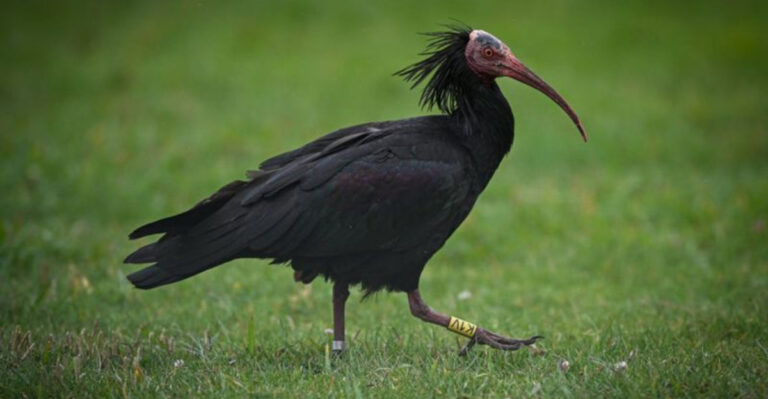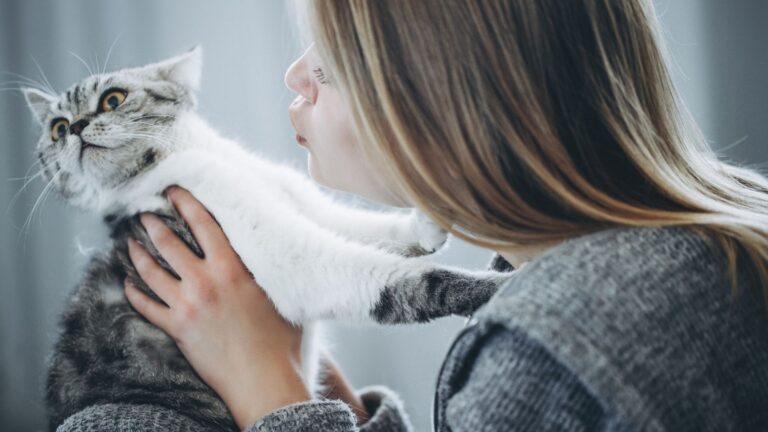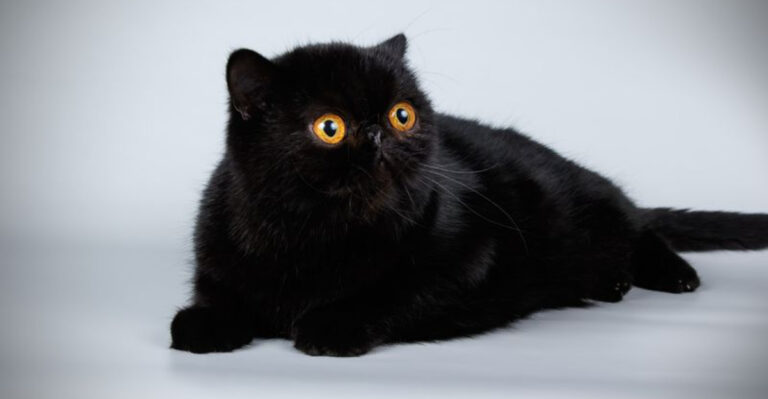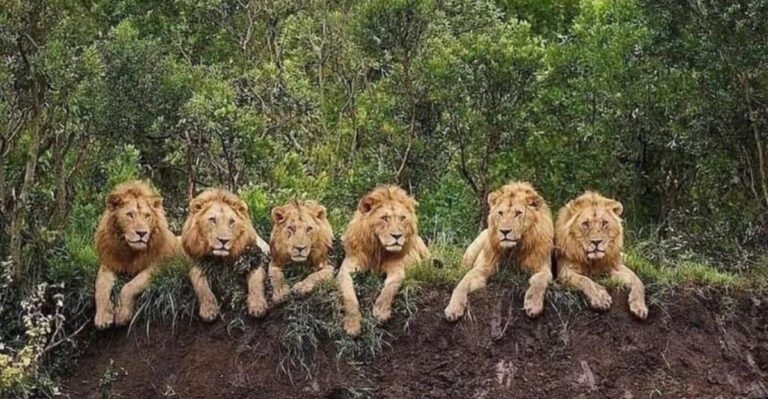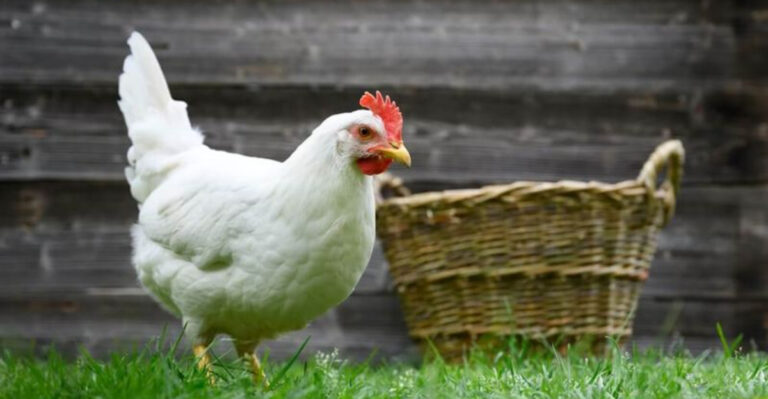17 Things You Never Knew About Quail
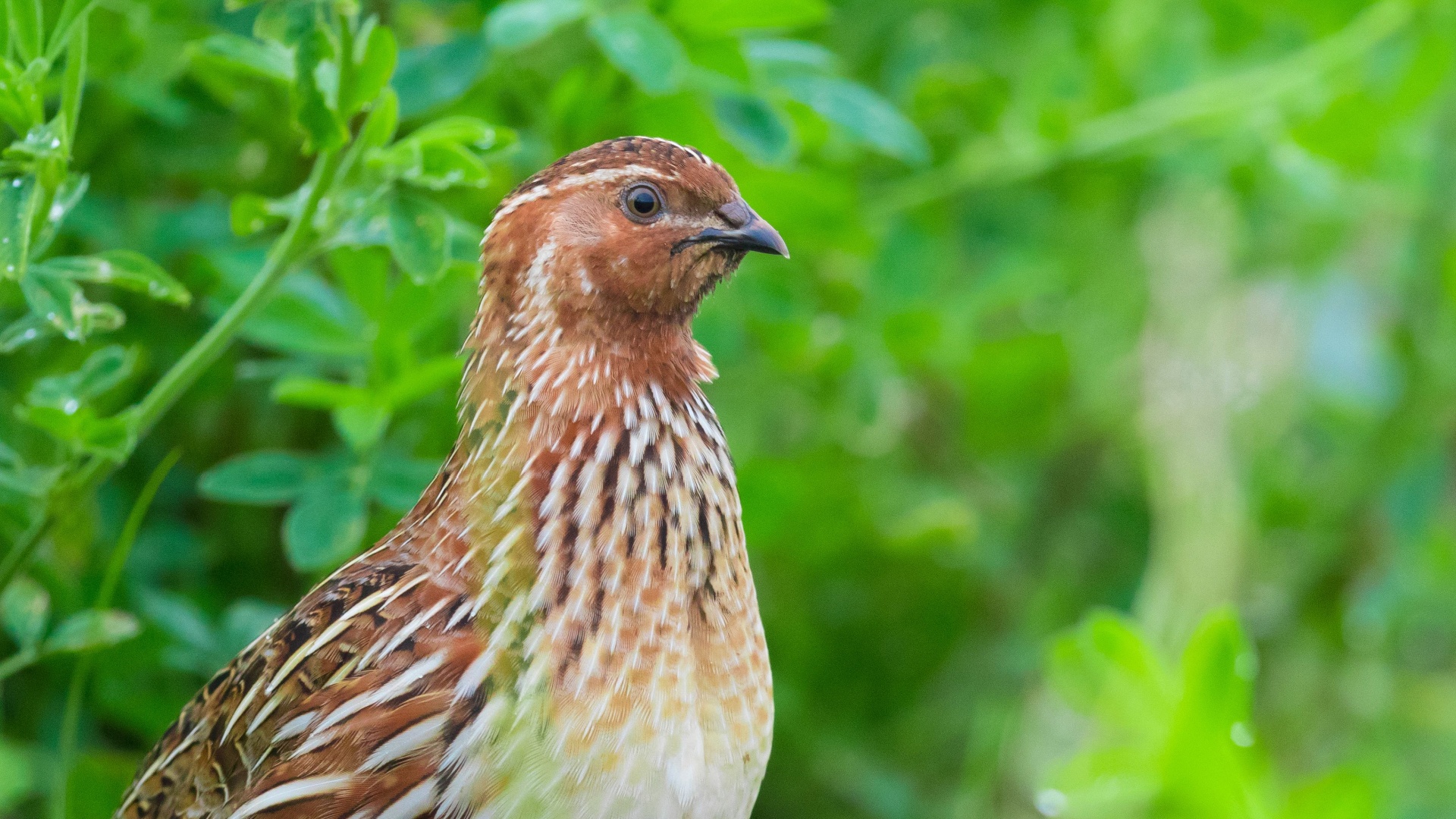
Quail are fascinating little creatures that often go unnoticed in the grand tapestry of the bird world. These diminutive birds, with their delightful features and quirky behaviors, have more to them than meets the eye.
From intriguing evolutionary traits to unique survival techniques, quail offer a treasure trove of surprises. Take a look at these captivating facts about quail that are sure to entertain and enlighten.
1. Quail Call Varieties
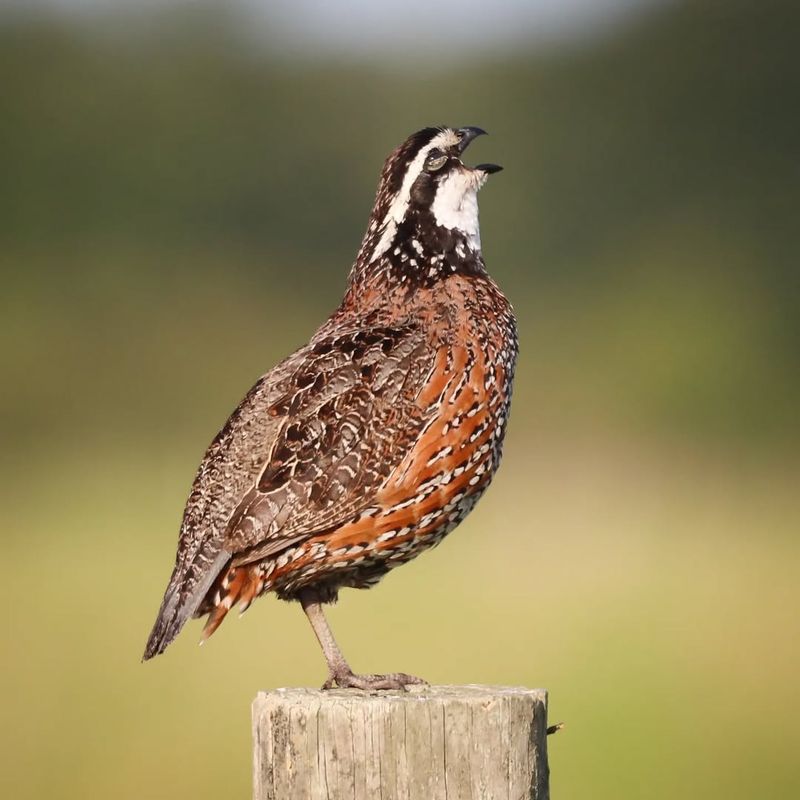
Quail have a surprising range of calls, each serving a unique purpose in their social structure. These calls can indicate alarm, courtship, or even just a friendly hello.
Some species even have regional dialects. So next time you’re in quail territory, lend an ear. You might just hear a conversation or two taking flight.
Quail communication is a complex and fascinating subject.
2. Mysterious Migration Patterns
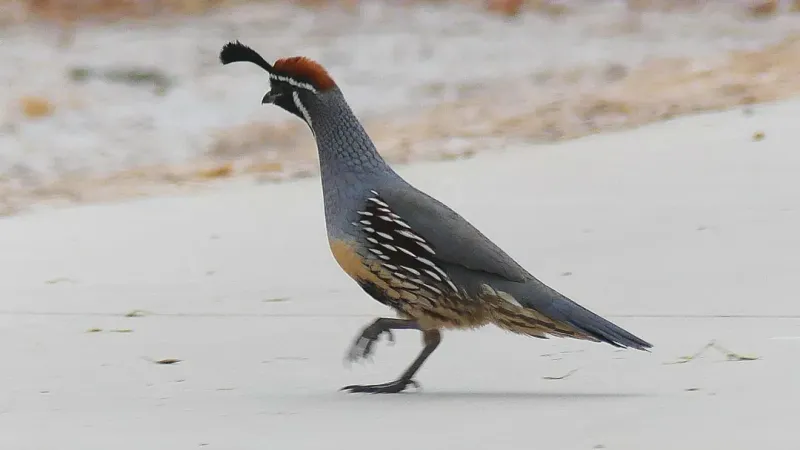
Some quail species embark on mysterious migrations that aren’t fully understood by scientists. Unlike many birds, not all quails migrate, and those that do can follow unpredictable routes.
These little travelers rely on environmental cues and instinct to guide them. Understanding these journeys can offer insights into climate change impacts on bird migration.
For a bird so small, their adventures are grand and full of mystery!
3. Camouflage Experts
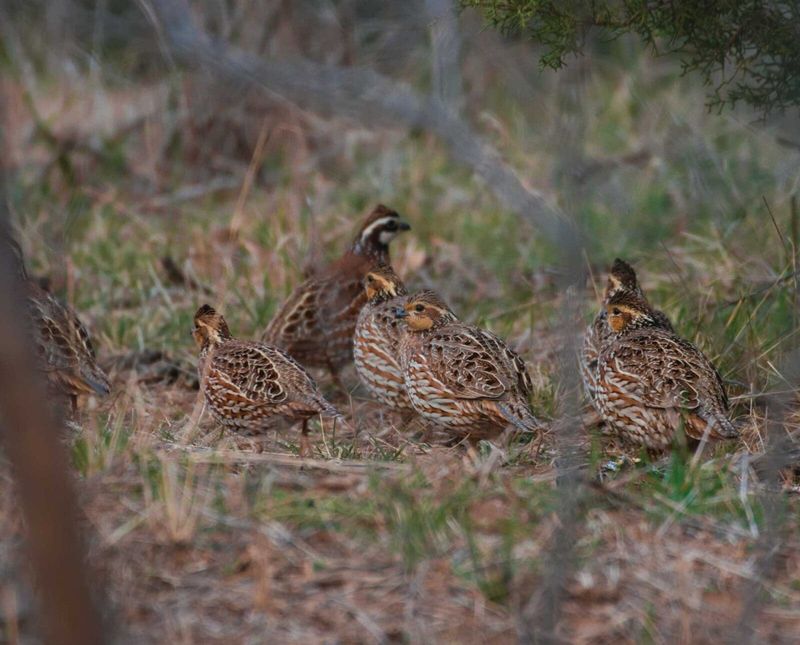
Their plumage is a perfect camouflage against predators, blending seamlessly with their surroundings. This stealthy adaptation helps them survive in the wild.
Whether nestled among leaves or hidden in grass, quail rely heavily on their ability to remain unseen. This natural talent is not just a game of hide-and-seek, but a crucial survival tactic in the animal kingdom.
4. Diverse Diets
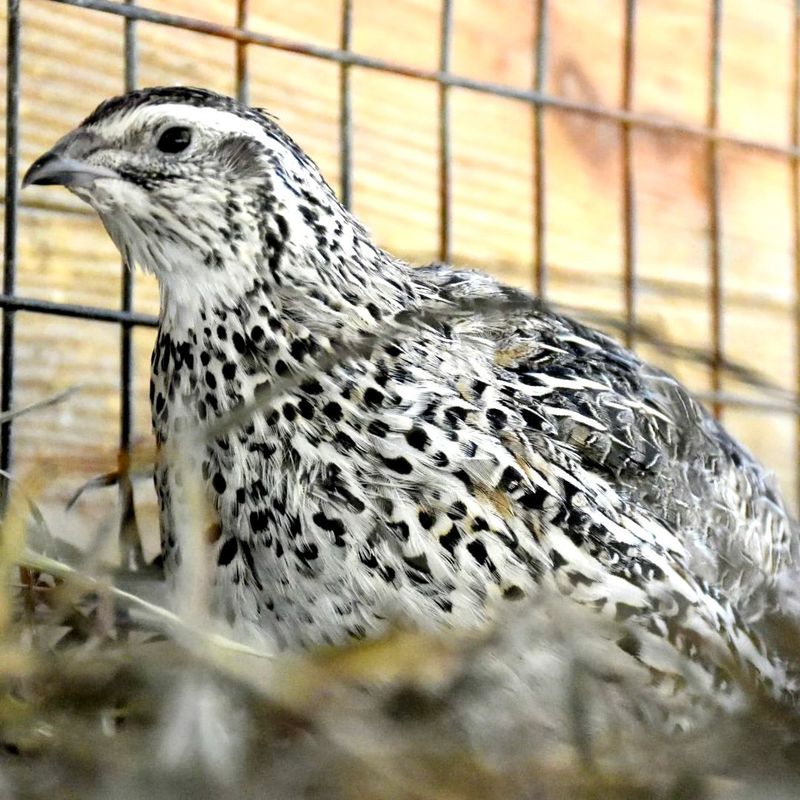
Quail enjoy a diverse diet, sampling seeds, insects, and berries, much like a birdie buffet! Their varied palate allows them to thrive in different environments.
This adaptability to available food sources helps ensure their survival. They’re not picky eaters by any means.
It’s a testament to their resourcefulness and ability to adapt to changing seasons and habitats, making them truly versatile eaters.
5. Unusual Nesting Habits
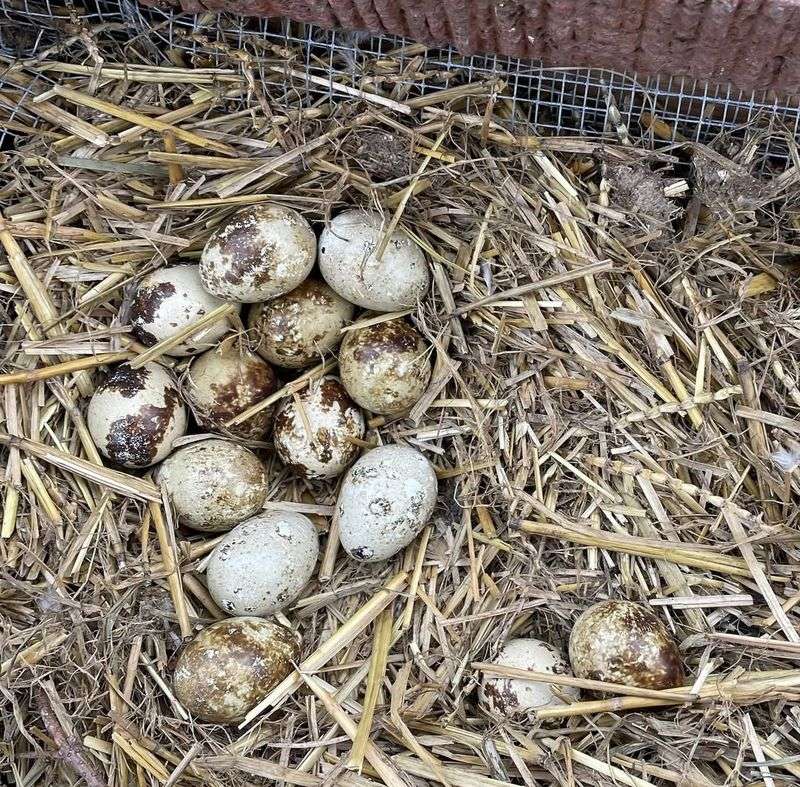
Hidden in tall grasses or underbrush, these clever birds choose the ground as their nesting spot. Quail build their nests in dense vegetation, giving them quick access to food while avoiding detection from predators above.
Their speckled eggs blend perfectly into the surroundings, adding an extra layer of camouflage. It’s a bold strategy, but one that’s surprisingly effective for raising the next generation.
6. Speedy Runners
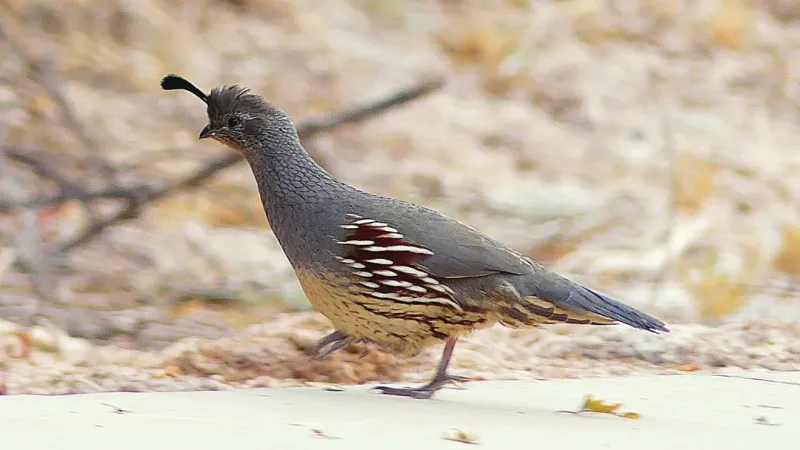
Quail are surprisingly speedy runners! When danger looms, these swift birds prefer to sprint rather than fly. Their legs are built for rapid movement, allowing quick escapes.
This running ability is crucial for avoiding predators. While they can fly, running is often the safer and more energy-efficient option.
Watching a quail scurry away is like witnessing a mini marvel of speed and agility.
7. Social Butterflies
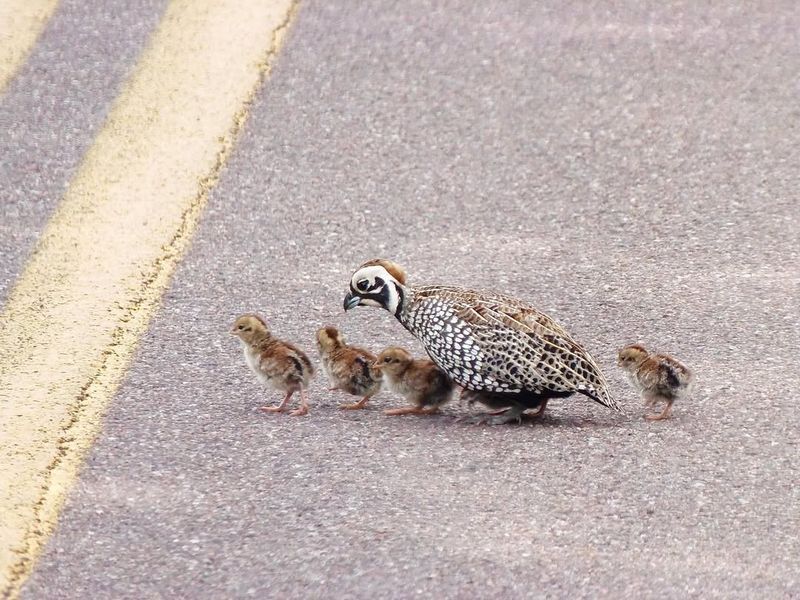
Quail are social creatures that thrive in groups called coveys. These coveys provide safety in numbers, making it harder for predators to target them.
The social structure helps in heat conservation and collaborative parenting. Together, they communicate, forage, and protect each other.
This sense of community is a key survival trait. It’s like a birdie neighborhood watch, keeping each other safe and sound.
8. Unique Egg Patterns
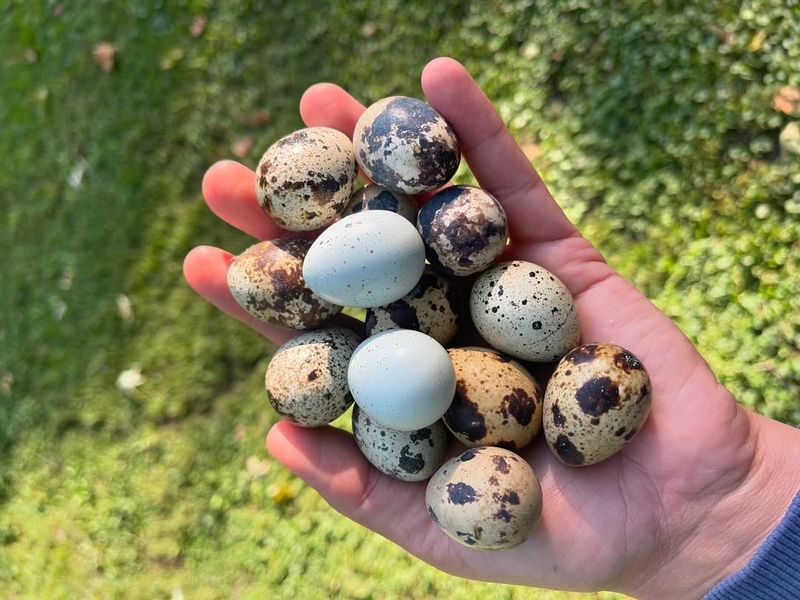
Their eggs come in various colors and patterns, each as unique as a fingerprint. The speckled designs help camouflage the eggs from predators.
Some eggs even mimic the appearance of surrounding rocks or foliage. This natural artistry is more than just aesthetics; it’s a clever evolutionary tactic ensuring the survival of the next generation.
9. Quail And Humans
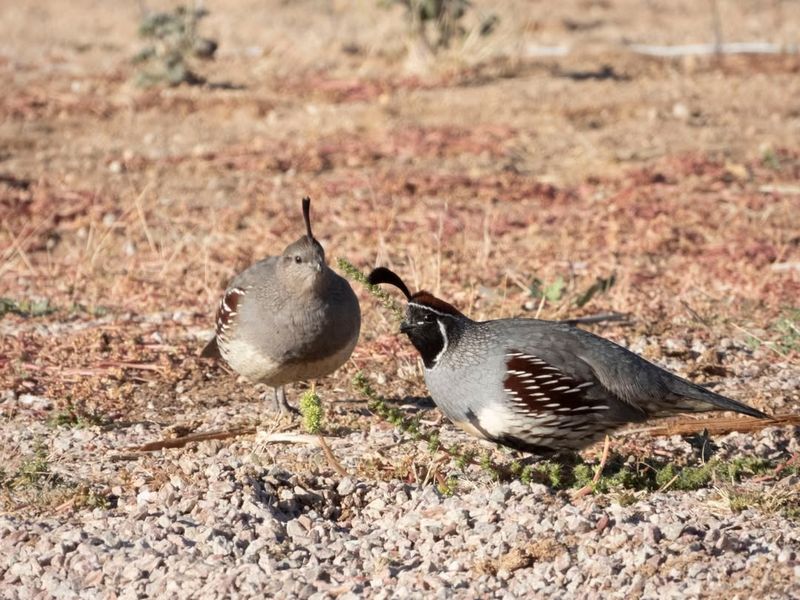
Humans have long admired quail, from ancient Egyptian hieroglyphs to modern agriculture. These birds have been domesticated for their eggs and meat, contributing to sustainability.
Quail farming is relatively low-impact and provides a steady food source. Their gentle nature and manageable size make quail a favorite in small-scale farming.
This symbiotic relationship highlights how humans and quail benefit each other.
10. Quail Conservation Efforts
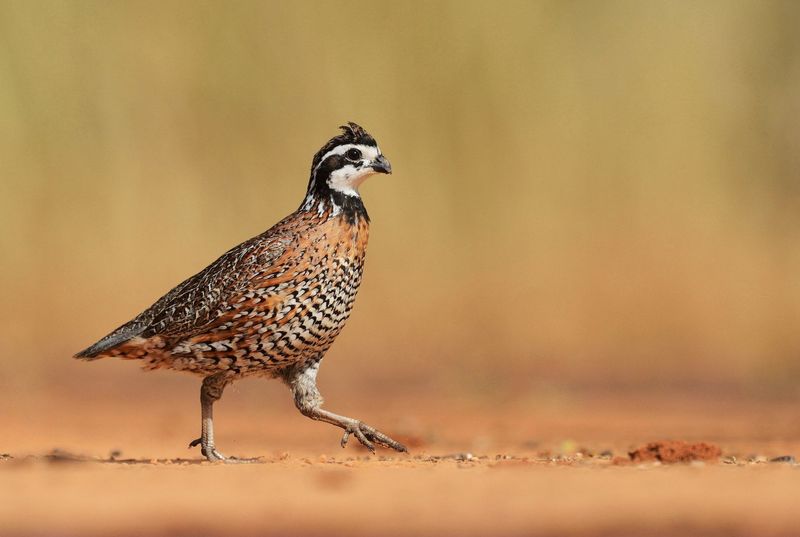
Driven by concerns over habitat loss and climate change, efforts to protect quail have gained momentum. Conservationists are restoring natural areas, promoting sustainable farming, and studying quail behavior to better support their survival.
Planting native vegetation and creating safe nesting spaces are key strategies. Thanks to these initiatives, there’s hope for keeping these charming birds a thriving part of the landscape.
11. Small But Mighty
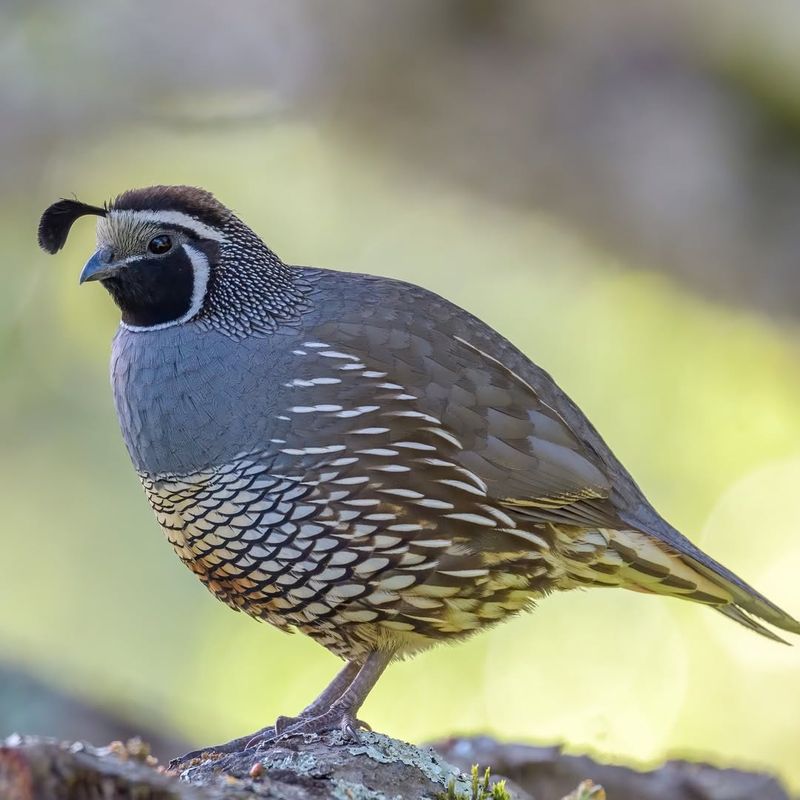
Despite their small size, quail possess remarkable strength and resilience. Their compact bodies are designed for efficiency, allowing them to survive in diverse environments.
From arid deserts to lush forests, quail adapt with ease. Their vibrant plumage might be small, but it speaks volumes of their robust nature.
Quail demonstrate that you don’t need to be big to make a significant impact in the ecosystem.
12. Quail’s Role In Ecosystems
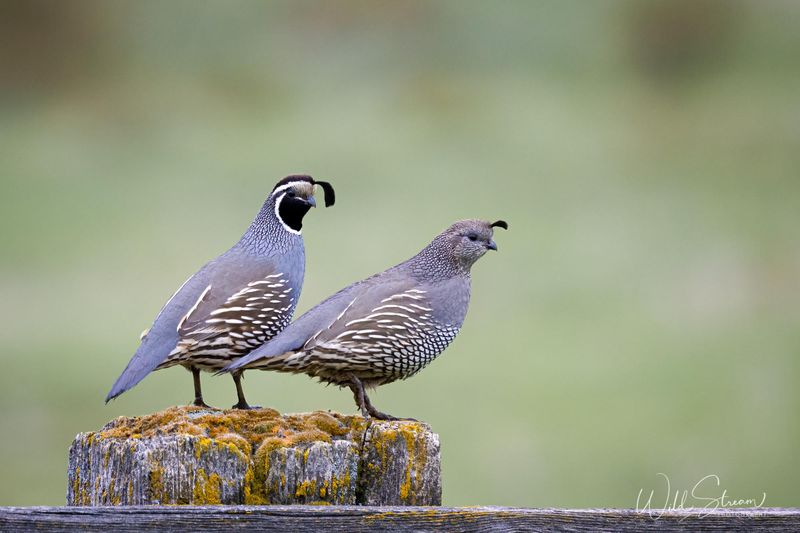
Controlling insect numbers and spreading seeds as they forage, these small birds make a big impact on their environment.
Quail help promote plant growth and keep ecosystems in balance. Their presence often signals a healthy, thriving habitat. It’s impressive how such a humble bird can play such a key role in supporting biodiversity.
13. Rare Species Spotlight
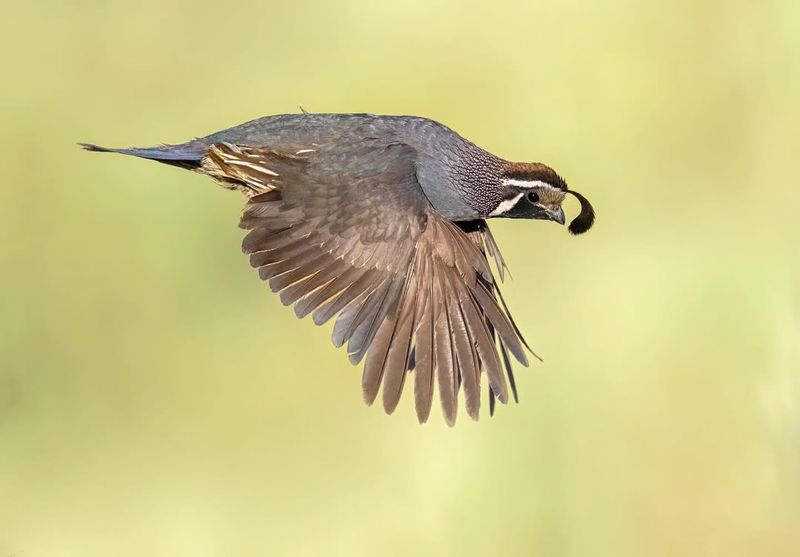
Among quail, some rare species deserve special attention. These elusive birds are often found in restricted regions and are subject to conservation efforts.
Protecting rare quail species is critical for biodiversity. Each has unique adaptations that allow it to survive in specific conditions.
Highlighting these rare birds draws attention to the need for habitat preservation and the wonders of avian diversity.
14. Quail In Pop Culture
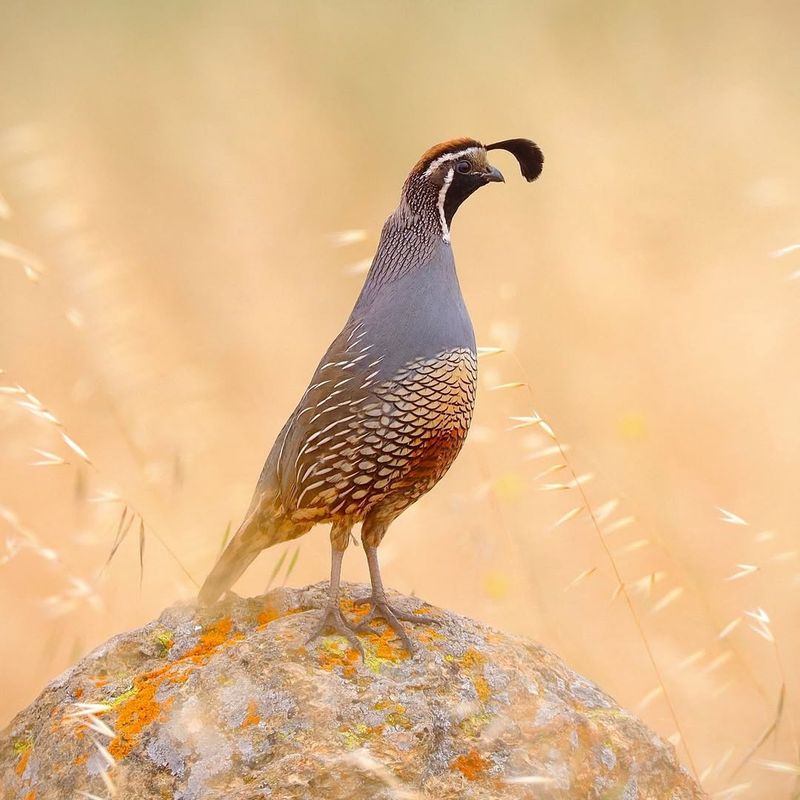
Quail have fluttered into pop culture, appearing in cartoons, literature, and art. Their charming appearances and behaviors make them a beloved subject.
From animated characters to symbolic motifs, quail continue to inspire creativity. These tiny birds capture the imagination and bring a touch of whimsy to storytelling.
Their cultural significance extends beyond their physical presence, showcasing the power of nature in art.
15. Quirky Courtship Rituals
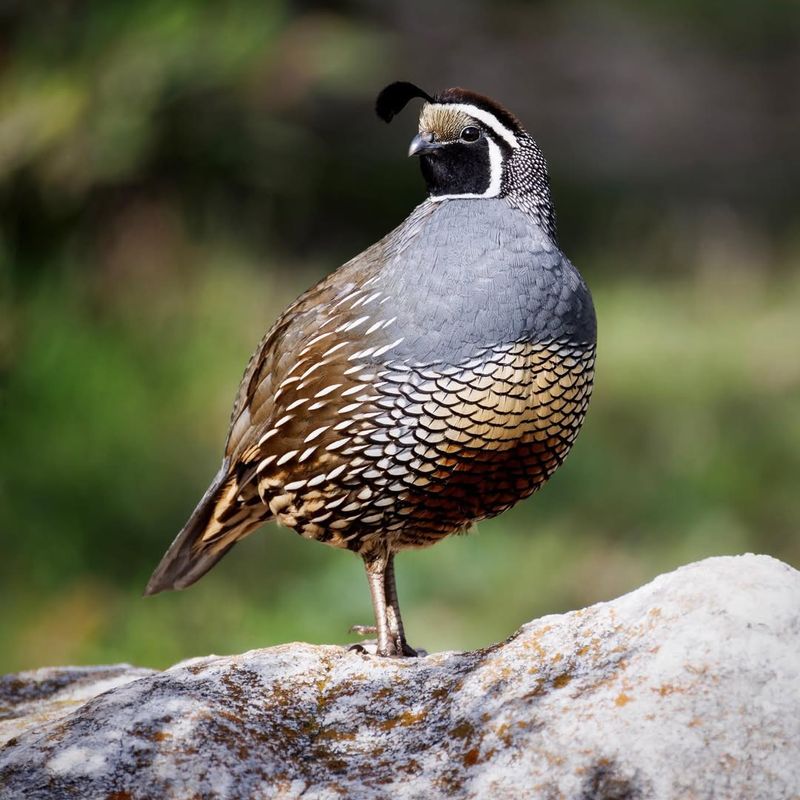
Quail courtship is a delightful spectacle! Males perform charming dances and displays to woo females. These rituals often include colorful feather displays and intricate movements.
The dance is not just for show; it’s a critical part of mate selection. Successful suitors must impress with their prowess and charm.
Observing quail courtship is witnessing nature’s romance at its finest, a true avian love story in motion.
16. Adaptation To Urban Environments
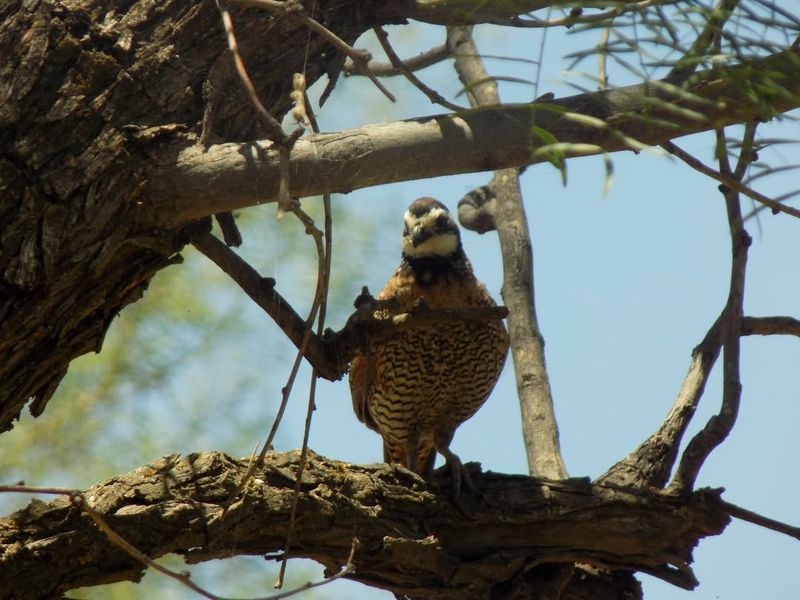
Thriving in parks, gardens, and even backyard spaces, these birds are finding new homes in urban settings. Quail adapt well to city life, making use of available greenery and food.
Their quiet presence adds a natural touch to the modern landscape. As they settle into our neighborhoods, they highlight the importance of preserving green spaces for wildlife.
17. Cultural Symbolism
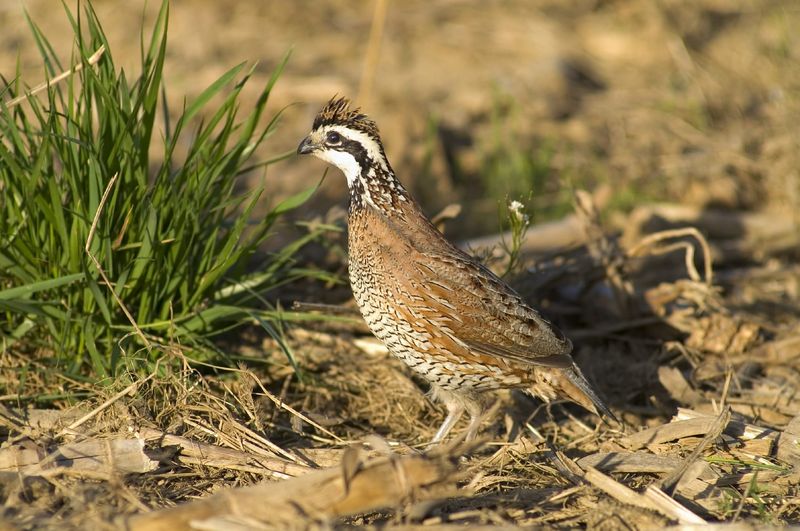
Quail hold symbolic significance in various cultures, representing abundance, luck, and protection. These birds appear in folklore, art, and religious texts, reflecting their cultural impact.
Understanding these symbols offers insights into human-bird relationships. Whether as a totem or a good luck charm, quail continue to fascinate and inspire.
Their cultural importance highlights the deep connections between humanity and the natural world.


